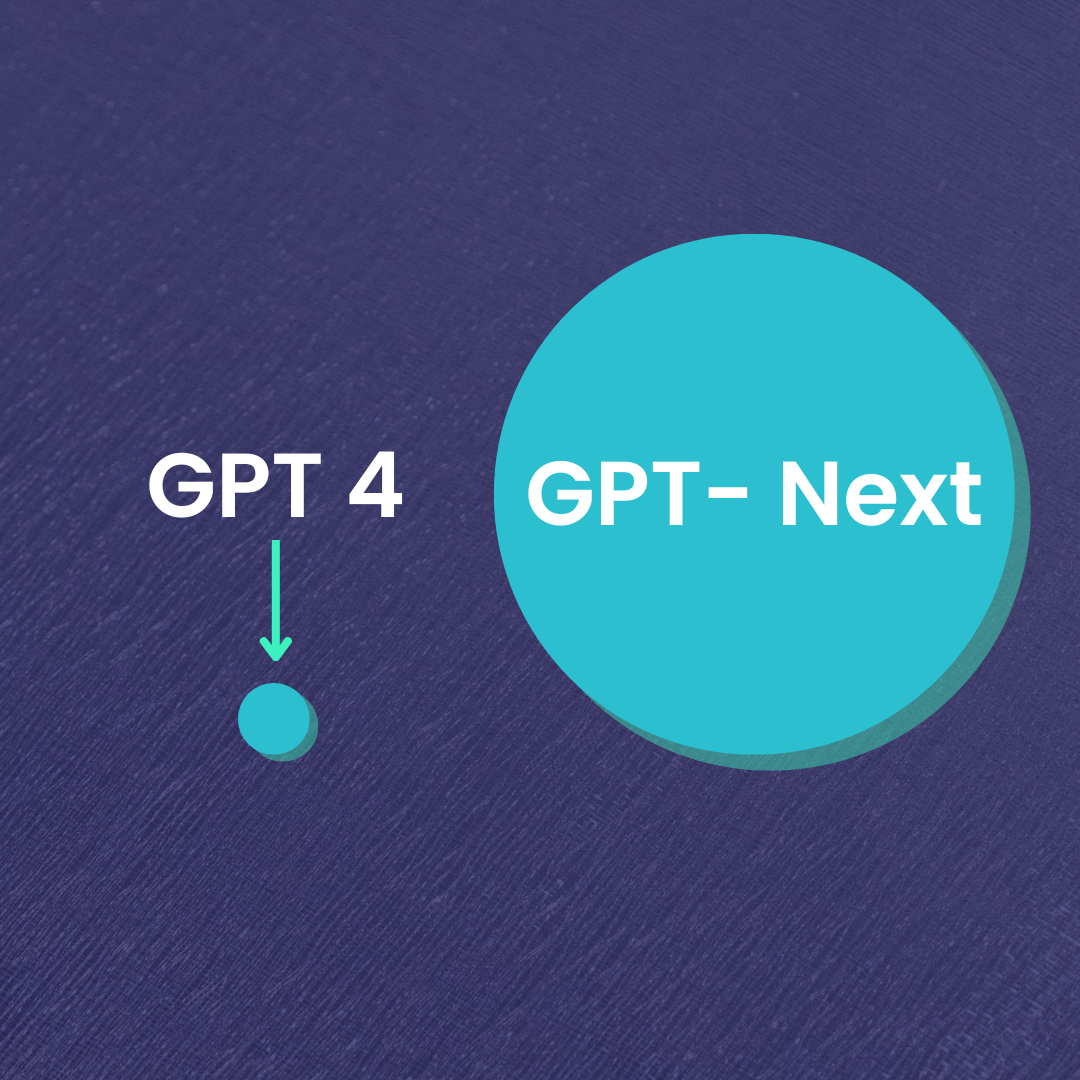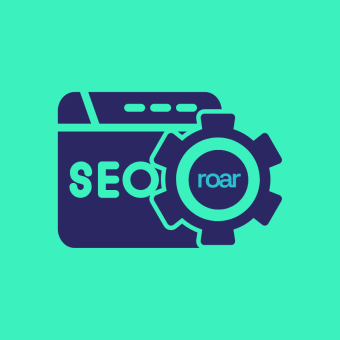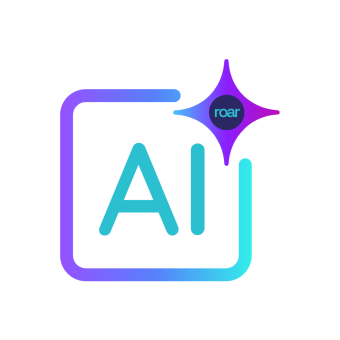Summary:
OpenAI’s GPT-Next is set to be 100 times more powerful than GPT-4. Explore how GPT-Next will impact marketing and shape AI marketing trends in 2024, learn about new insights into its advanced features, multimodal capabilities, and improved efficiency.
Contents
- Introduction
- What is GPT-Next?
- How GPT-next is different
- AI marketing trends in 2024: The impact of GPT-Next
- Practical applications for AI in content marketing
- Conclusion
- FAQs
- Learn more
Introduction
AI is no longer just a buzzword. It’s transforming industries, with marketing being no exception. OpenAI, one of the leading AI research organisations, has just unveiled their next big thing: GPT-Next. With its promise to be 100 times more powerful than GPT-4, GPT-Next is poised to revolutionise how marketers approach their craft.
But what exactly is GPT-Next? And more importantly, how can marketers use it to stay ahead in a world where AI is rapidly becoming a crucial part of AI-driven marketing strategies?
What is GPT-Next?
GPT-Next is the upcoming AI model from OpenAI, expected to be released at the end of 2024. It’s the successor to GPT-4 and boasts an incredible improvement in power(whatever that means to the everyday user). This boost is achieved through innovative architectural enhancements rather than just increasing computing power.
Us marketers need to pay attention to this, because GPT-Next isn’t just a faster model—it’s smarter, more capable, and designed to handle more complex tasks. From content generation to customer insights, GPT-Next is set to become the marketing assistant every team needs, making it a key factor in determining the AI marketing trends in 2024.
How is GPT-Next different?
Power and performance
Let’s start with the headline feature: 100 times more powerful than GPT-4. That’s a massive leap in output potential. What does this mean for marketers? It means tasks that took hours can now be done in minutes. Need to analyse large datasets for trends? GPT-Next will handle it quickly and efficiently. Want to generate entire blog posts or social media campaigns? It can do that too, without compromising quality. This level of advancement is a major driver of AI in content marketing.
But this isn’t just about speed. GPT-Next’s ability to reason and handle more complex problems gives marketers a powerful tool for strategic planning, content creation, and data analysis.
Multimodal capabilities
What sets GPT-Next apart from previous models is its multimodal capabilities. While GPT-4 could process text and pdf images, GPT-Next can handle text, images, and video seamlessly. Imagine being able to automate not just written content, but entire multimedia campaigns. Need a social media post with an image and caption? GPT-Next has you covered. Want to create a product video based on data from your latest ad campaign? GPT-Next can do that too, cementing itself as essential tool for use of AI in content marketing.
For marketers, this means less reliance on multiple tools and more opportunities for cohesive, data-driven campaigns across multiple platforms. You’ll be able to jump on trends faster, with better content, without having to jump from Canva, to CapCut, to Buffer.
Built on Project Strawberry
GPT-Next is built on Project Strawberry, a foundational AI research project that enhances the model’s ability to reason and solve problems. This brings huge change for marketers who regularly use the platform. Imagine an AI that doesn’t just churn out content but actually thinks critically about how to best approach a problem—whether it’s analysing customer behaviour or predicting market trends, further advancing AI-driven marketing strategies.
With Project Strawberry’s advancements, GPT-Next can handle more nuanced tasks, such as mapping customer journeys, segmenting audiences more accurately, and even optimising pricing strategies in real-time.
AI marketing trends in 2024: The impact of GPT-Next
Automation and efficiency
Automation is already a big part of marketing, but GPT-Next takes it to a whole new level. For marketing teams, this means less time spent on repetitive tasks and more time for creative strategy and planning. As part of the emerging AI marketing trends in 2024, GPT-Next allows marketers to execute highly personalised content at scale, delivered faster and with less manual input.
Enhanced personalisation
Personalisation is the key to modern marketing, and GPT-Next will make it easier than ever before. By analysing massive amounts of customer data, GPT-Next can tailor content down to the individual level. Whether it’s personalised emails, ads, or product recommendations, GPT-Next ensures that your message reaches the right person at the right time, with the right content.
Real-time campaign optimisation
One of the most exciting features for marketers is GPT-Next’s ability to optimise campaigns in real-time. Imagine launching an ad campaign and having the AI adjust the messaging, targeting, and spend as it runs, ensuring that you get the best results possible. GPT-Next’s predictive analytics will allow marketers to fine-tune campaigns on the go, maximising return on investment (ROI) without the need for constant manual adjustments.
Practical applications for AI in content marketing
Predictive analytics
With GPT-Next, marketers will have access to predictive analytics like never before. It can analyse market trends, customer behaviours, and campaign performance to give you real-time insights into what’s working and what’s not. This means marketers can make data-driven decisions faster and with greater accuracy, leading to better results and more effective campaigns.
Creative content generation
GPT-Next’s multimodal capabilities will make content generation easier and faster. Whether it’s blog posts, product descriptions, social media graphics, or even video scripts, GPT-Next can do it all. Marketers will be able to scale their content production without sacrificing quality, ensuring that they always have fresh, engaging content to share with their audiences, making it a must-have for AI in content marketing. We have another article detailing how AI chooses what content to rank – Learn more about the specifics of Google’s search Overview and the Gemini rank and how to optimise your site for it.
Advanced customer segmentation
Marketers often struggle with customer segmentation—getting the right message to the right audience at the right time. GPT-Next can take this to a new level by analysing customer data in real-time and segmenting audiences based on behaviours, preferences, and interactions. This leads to hyper-targeted campaigns that drive higher engagement and conversion rates, further driving AI-driven marketing strategies.
Conclusion
As OpenAI prepares to launch GPT-Next, marketers should be excited about the possibilities. With its unmatched power, multimodal capabilities, and built-in reasoning from Project Strawberry, GPT-Next is set to transform the way we approach marketing. From automating complex tasks to delivering highly personalised, data-driven campaigns, GPT-Next offers endless opportunities for marketers to stay ahead in a rapidly changing digital landscape.
For marketers who are ready to embrace the future of AI-driven marketing strategies, GPT-Next will be an essential tool in their arsenal. The key is to stay curious, experiment, and adapt to the new capabilities that this revolutionary model brings. As the lines between creativity and data continue to blur, GPT-Next promises to be the bridge that connects both, delivering smarter, faster, and more impactful marketing strategies.
AI FAQs
How can ChatGPT help with content creation?
ChatGPT is proving to be a valuable asset for marketers, especially for content creation. Whether you’re generating blog posts, social media updates, email templates, or ad copy, ChatGPT can speed up the process, helping you create engaging content much faster than manual writing. What makes it even more useful is its ability to adjust the tone for different audiences, allowing you to easily switch between professional, casual, or more light-hearted tones. This means you can maintain your brand voice while tailoring content to different customer segments.
Can ChatGPT assist in SEO strategies?
Yes, ChatGPT can be a great help with SEO tasks. It’s commonly used to create meta descriptions, title tags, and even structured data like schema markup. While it isn’t a replacement for a full keyword research tool, it can certainly help generate keyword ideas and enhance content readability, which are key factors for search engine rankings. By using ChatGPT for these SEO tasks, marketers can save time while ensuring their content is well-optimised for search engines.
How does ChatGPT enhance customer interaction?
ChatGPT can significantly improve customer interaction by integrating into websites, social media platforms, and mobile apps. It can automate customer service, answering frequently asked questions (FAQs) and offering personalised responses. This makes it ideal for lead nurturing, as it helps provide real-time support and information to customers without the need for constant human intervention. With ChatGPT, businesses can offer seamless customer service while keeping their audiences engaged.
What are the best prompts for using ChatGPT in marketing?
Using ChatGPT effectively in marketing begins with crafting the right prompts. Marketers often ask it to generate compelling email subject lines, develop promotional content, or create ad copy. It can also assist with more specific tasks like product descriptions or analysing customer data to offer insights. By using tailored prompts, marketers can ensure ChatGPT provides relevant and actionable outputs that enhance their marketing efforts.



